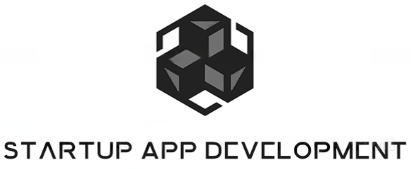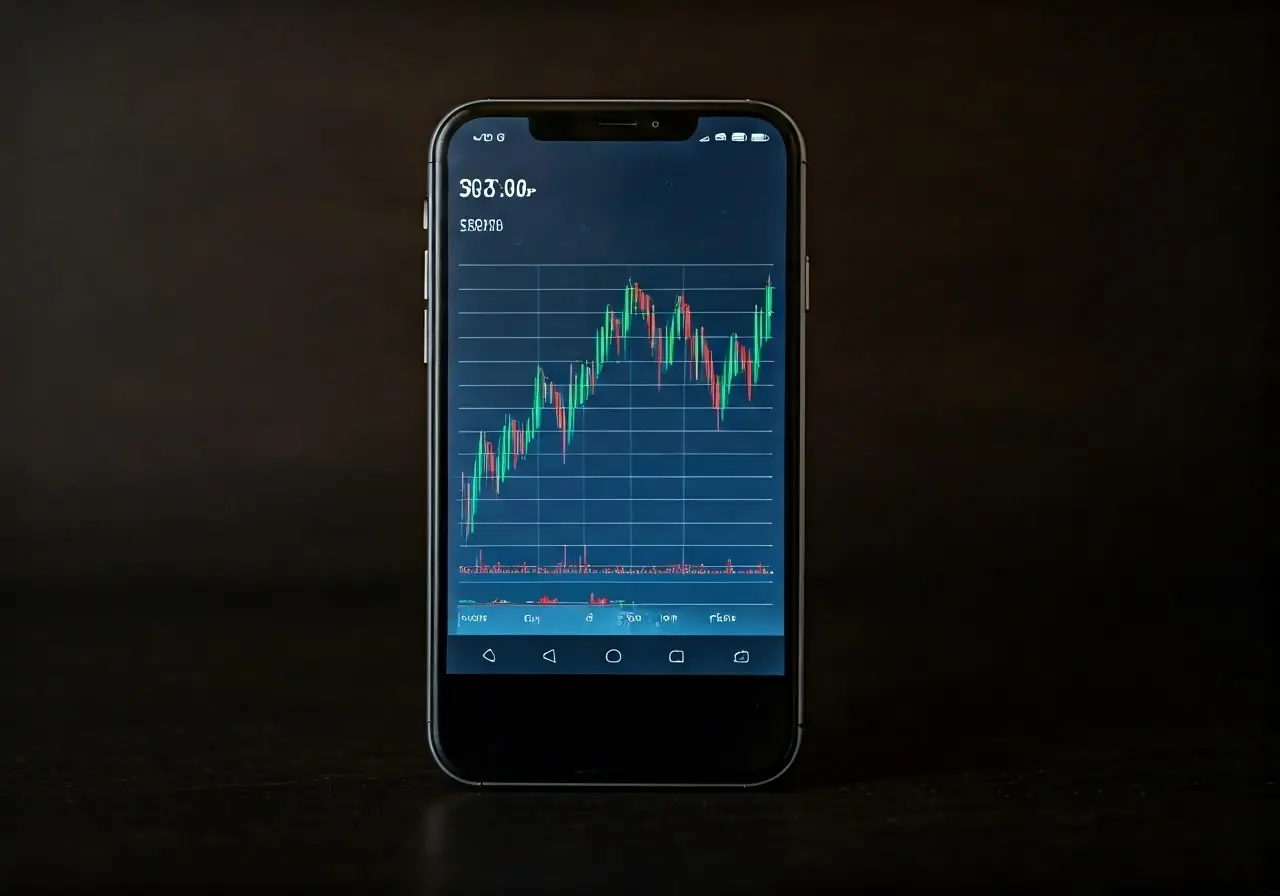Developing an app can be a daunting endeavor, especially for startups mindful of budget constraints. Understanding how to keep costs down while still achieving a functional and attractive app is crucial. Let’s explore the steps and strategies to achieve cost-effective app development for startups.
Define Your App’s Core Objectives and Goals
Start by identifying the primary purpose of your app. What problem does it solve? What unique value does it offer? Clearly outlining the core objectives can prevent scope creep, saving both time and money.
One of the keys to economical app development is clarity. When a startup focuses on defining and aligning the app’s goals with its business objectives, it avoids unnecessary features that can inflate development costs. This laser focus helps in creating a product that directly resonates with the target audience, increasing the chances of success in the market.
Before diving into development, it’s important to understand the end user’s perspective. Conduct surveys and focus groups to gather insights into what users truly need, rather than what you assume they want. This data-driven approach not only refines your objectives but also ensures that you avoid feature overload, which can be both costly and confusing for users.
Choose the Right Development Method
Evaluate whether native, hybrid, or web app development suits your needs and budget. Each comes with its own benefits and costs, and picking the right one can significantly impact your overall expenses.
Native apps offer superior performance but at a higher cost, as they need to be developed separately for each platform. On the other hand, hybrid apps can be developed once for multiple platforms, drastically reducing development time and costs. By understanding your user base and their preferences, you can choose a cost-effective method that doesn’t compromise on user experience.
The choice of a development method should reflect your startup’s strategic goals. If rapid deployment and broad reach are prioritized, a hybrid approach may be ideal. Alternatively, if the app requires intense graphics or extensive native functionalities, investing in native development could provide better long-term ROI, despite higher initial costs.
Prioritize Features That Matter Most
Focus on features that provide the most value to your users. A Minimum Viable Product (MVP) approach helps you deliver essential functionalities first, allowing for user feedback and gradual enhancements.
Adopting an MVP strategy doesn’t just conserve resources—it accelerates learning. By releasing a simplified version of your app, you can quickly gauge user reactions and adapt the product based on real-world use. This iterative process can significantly reduce waste by ensuring that every feature developed serves a verified user need.
Consider categorizing features into ‘must-have’, ‘nice-to-have’, and ‘future updates’. This prioritization allows you to concentrate on the core functionalities in initial development stages, reserving less critical features for later updates. By staying nimble and responsive to user feedback, startups can enhance the app progressively without incurring excessive upfront costs.
Leverage Pre-built Solutions and Open-Source Tools
Explore using pre-built components, templates, and open-source tools. These can often be integrated into your app, reducing the need for custom development and thus lowering costs.
Utilizing open-source technologies not only reduces costs but also speeds up the development process. These tools often come with extensive community support, enabling developers to solve common problems quickly and efficiently. By leveraging such resources, startups can focus more on innovation rather than reinventing the wheel.
Platforms like React Native allow for cross-platform development, maintaining a single codebase for both iOS and Android. This not only simplifies maintenance but drastically cuts down development time and resource allocation. By using these flexible frameworks, startups can ensure their app reaches market faster while staying within budget constraints.
Collaborate with a Cost-Effective Development Team
Finding the right development team doesn’t mean opting for the cheapest option. Look for a team that offers the best balance between cost and quality, preferably one that has experience working with startups.
A team well-versed in startup environments understands the importance of agility and adaptability. Such expertise ensures that your project is approached with a focus on lean development and efficient resource management. By collaborating early in the design phase, teams can help set realistic timelines and milestones that align with financial constraints.
Regular communication is crucial for a productive partnership. Frequent updates and open discussions about budget, timelines, and expectations create a transparent atmosphere where changes can be accommodated without friction. This cooperative approach minimizes risk and enables the team to optimize both time and costs effectively.
Consider outsourcing specific tasks to freelancers or agencies. Platforms like Upwork offer access to a vast pool of talent, allowing you to select professionals with proven track records in delivering cost-effective solutions. This flexibility can keep overheads low, as you’re paying for expertise only when you need it.
Wrapping Up: Smart Strategies for Cost-Effective App Development
By defining clear objectives, choosing the right development method, prioritizing core features, and leveraging existing resources, startups can effectively manage app development costs. Staying flexible and informed throughout the process will lead to a successful launch without breaking the bank.


